The obvious upgrade
The Galaxy Z Fold 5 has all the upgrades you’re looking for, with Samsung rolling out exciting changes across the board — if you’re coming from the Z Fold 3. The new hinge mechanism is a delight to use, and it allows the foldable to close fully flat while retaining IPX8 water resistance. The cover and inner screens are brighter and more vibrant than before, the thinner plastic layer covering the screens is barely noticeable in daily use, and the cameras are outstanding. Combine that with the latest internal hardware and a battery that lasts over a day, and you have the ultimate foldable.
For
- New hinge mechanism closes fully flat
- Thinner plastic layer on the screens
- Better cameras at the back
- IPX8 water resistance
- 18g lighter than Fold 3
- Battery lasts longer
Against
- Costly
- Cover screen still too tall and narrow
Showing its age
The Galaxy Z Fold 3 isn’t slow by any measure, but it is missing out in key areas. The Z Fold 5 has a better design, is noticeably lighter, has much better cameras, lasts longer even with heavy use, and is faster when playing intensive games. In short, now is the time to upgrade if you’re using the Z Fold 3.
For
- Similar design aesthetic as Fold 5
- IPX8 water resistance
- Similar AMOLED screens with 120Hz refresh
- Same great software features
Against
- Doesn’t close fully flat
- Cameras not as good
- Plastic layer is noticeable in daily use
Samsung Galaxy Z Fold 5 vs. Galaxy Z Fold 3: Design and screens
Why you can trust Android Central
Our expert reviewers spend hours testing and comparing products and services so you can choose the best for you. Find out more about how we test.
The Galaxy Z Fold 3 was the first foldable I used to any meaningful degree, and it made me realize that foldables were here to stay. Two years on, Samsung is the de facto leader in this burgeoning segment, and it is building on its early-mover advantage with every generation.
Samsung hasn’t changed the design aesthetic of its foldables for a while now, and as such the Galaxy Z Fold 5 felt right at home when I switched to it. The foldable retains the same cover and inner screens, and while it has a ton of subtle tweaks that make it feel a little more premium, the fundamentals haven’t changed in two years.
The biggest change on the Z Fold 5 is the new hinge system; Samsung switched to a lighter hinge that makes the foldable close fully flat without any visible gap — a first for the series — and that is a big deal. Putting both foldables next to each other, it’s immediately evident just how much of a difference it makes when folded — the Z Fold 5 looks sleeker and is noticeably thinner.
It is also considerably lighter; coming in at 253g, the Z Fold 5 is a full 18g lighter than the Z Fold 3, and that makes a sizeable difference in daily use. Now when I go back to the Z Fold 3 from the Fold 5, the foldable feels heavy and unwieldy. So if you’re using the Z Fold 3 and are considering an upgrade this year, I can say that the weight alone is a big differentiator.
Another area where you’ll notice a big change is the plastic layer covering both screens. Samsung introduced a much thinner layer last year, and retained the same on the Z Fold 5, and this absolutely makes using the foldable less annoying. The Z Fold 3 has a thicker plastic layer, and even after using it for a while, I never got used to the plasticky nature of the screen protector.
In fact, I took off the layer on the cover screen entirely at the end of last year as it started peeling away at the edges, and it feels much better to use the Z Fold 3 without it. That said, I wouldn’t suggest doing the same with your device.
Although you won’t see much in the way of a difference between the two foldables on the spec sheet, the Z Fold 5 feels nicer to hold and use. The new hinge articulates just that bit more smoothly, and the weight reduction is a big deal. The best part is that Samsung continues to offer IPX8 water resistance on the Z Fold 5, and I didn’t run into any issues after using the device outdoors during inclement weather.
Coming to the screens, Samsung went with the same 6.2-inch cover screen and 7.6-inch inner screen on the Z Fold 5. I was holding out for the brand to offer a wider screen up front as the current option is too tall and narrow for my particular needs, but that isn’t the case.
As I noted above, the biggest difference in this area comes by the way of the thinner plastic screen protector — which doesn’t affect usability — and increased brightness. Both screens now go up to 1,750 nits in auto mode, and the cover screen is backed by a layer of Gorilla Glass Victus 2.
Samsung Galaxy Z Fold 5 vs. Galaxy Z Fold 3: Hardware and cameras
The Snapdragon 888 in the Z Fold 3 is still going strong; I don’t see any slowdowns in daily use. That said, the Snapdragon 8 Gen 2 on the Z Fold 5 is an absolute monster, and it delivers a level of fluidity that you just don’t see on the Z Fold 3. A lot of this also has to do with the optimization, and it somehow feels like Samsung was able to better calibrate One UI with Qualcomm’s latest silicon.
As for the rest of the hardware, the Z Fold 5 uses the same 12GB of RAM, and you get 256GB of storage for the base model — albeit with the latest UFS 4.0 storage module. You get Wi-Fi 7, Bluetooth 5.3, NFC, the full AptX suite, Samsung Pay, and UWB, and honestly, there isn’t anything missing on the connectivity front. Sure, the Z Fold 3 doesn’t have Wi-Fi 7 and is running Bluetooth 5.2, but it is just as feature-rich in this area.
| Category | Samsung Galaxy Z Fold 5 | Samsung Galaxy Z Fold 3 |
| OS | One UI 5.1.1 based on Android 13 | One UI 5.1 based on Android 13 |
| Display | 7.6-inch Dynamic AMOLED 2x, LTPO (1-120Hz), 2176 x 1812 resolution, 21.6:18, 374 ppi, 1,750 nits brightness | 7.6-inch Dynamic AMOLED 2x, LTPO (1-120Hz), 2176 x 1812 resolution, 21.6:18, 374 ppi, 1,200 nits brightness |
| Cover display | 6.2-inch Dynamic AMOLED 2x, LTPO (48-120Hz), 2316 x 904, 23.1:9, 402 ppi, 1,750 nits brightness | 6.2-inch Dynamic AMOLED 2x, LTPO (48-120Hz), 2316 x 904, 23.1:9, 402 ppi, 1,200 nits brightness |
| Chipset | Snapdragon 8 Gen 2 for Galaxy | Snapdragon 888 |
| RAM | 12GB | 12GB |
| Storage | 256GB, 512GB, 1TB | 256GB, 512GB, 1TB |
| Rear Camera 1 | 50MP, ƒ/1.8, 1.0μm, 85-degree FoV, OIS | 12MP, ƒ/1.8, 1.8μm, 85-degree FoV, OIS |
| Rear Camera 2 | 12MP, ƒ/2.2, 1.12μm, 123-degree FoV (ultra-wide) | 12MP, ƒ/2.2, 1.12μm, 123-degree FoV (ultra-wide) |
| Rear Camera 3 | 10MP, ƒ/2.4, 1.0μm, 3x optical zoom, OIS | 12MP, ƒ/2.4, 1.0μm, 2x optical zoom, OIS |
| Cover Camera | 10MP, ƒ/2.2, 1.22μm, 80-degree FOV | 10MP, ƒ/2.2, 1.22μm, 80-degree FOV |
| Inside Camera | 4MP, ƒ/1.8, 2.0μm, 80-degree FOV | 4MP, ƒ/1.8, 2.0μm, 80-degree FOV |
| Battery | 4,400mAh (dual 2,200mAh batteries) | 4,400mAh (dual 2,200mAh batteries) |
| Charging | 25W wired charging, 10-15W wireless charging 2.0, 4.5W reverse wireless charging | 25W wired charging, 11W wireless charging 2.0, 4.5W reverse wireless charging |
| Dimensions (folded) | 154.9 x 129.9 x 6.1mm | 158.2 x 67.1 x 14.4-16mm |
| Dimensions (unfolded) | 154.9 x 67.1 x 13.4mm | 158.2 x 128.1 x 6.4 mm |
| Weight | 253 grams | 271 grams |
| Colors | Icy Blue, Phantom Black, Cream, Gray, Blue | Black, Silver, Green |
In a similar vein, Samsung is using the same 4,400mAh battery on the Z Fold 5. However, I noticed better battery life on the foldable thanks to inherent efficiency gains with the Snapdragon 8 Gen 2, and the Z Fold 5 lasted nearly two hours more than the Z Fold 3 with similar use. That’s nothing to be scoffed at, and while the battery isn’t as large as the S23 Ultra, I still managed to get a day’s worth of use without any issues whatsoever.
Samsung didn’t change the charging tech either, and as such you get 25W wired charging along with 15W wireless and 4.5W reverse wireless charging here. It’s not on par with Chinese brands, but I didn’t see any issues in this regard, and for what it’s worth, the battery takes just 30 minutes to hit 50%.
One of the biggest changes on the Z Fold 5 is the cameras at the back, with Samsung offering a 50MP primary lens along with a 10MP zoom lens with 2x optical zoom and 12MP wide-angle lens. While the camera hardware is identical to that of the Z Fold 4, Samsung was able to eke out considerable gains this year by leveraging the ISP in Qualcomm’s latest silicon, and the result is that the Z Fold 5 takes outstanding photos in just about any situation.
There’s a drastic difference in image quality between the Z Fold 5 and Fold 3, and while I would have liked the same great 10x zoom lens as the S23 Ultra here, the Z Fold 5 manages to tick all the right boxes. If you’re on the Z Fold 3 and want a foldable with better cameras, the Z Fold 5 is a no-brainer. As my colleague Nick pointed out in his Galaxy Z Fold 5 camera review, it is one of the best foldables currently available in this regard.
Samsung Galaxy Z Fold 5 vs. Galaxy Z Fold 3: Software
There isn’t much to talk about on the software front; the Z Fold 5 comes with One UI 5.1.1 based on Android 13 out of the box, and it includes a few new features aimed at better multitasking. I like the larger taskbar at the bottom and the ability to move content around with ease, and these features should make their way to the Z Fold 3 over the coming weeks.
I used all major foldables over the last two years, and I keep coming back to Samsung’s devices because of the software features on offer. Samsung managed to do a stellar job in this area, and the Z Fold 5 is a productivity beast; you can take full advantage of the large screen real estate on this foldable, and that hasn’t been the case with other fold-out devices.
Samsung Galaxy Z Fold 5 vs. Galaxy Z Fold 3: Should you upgrade?
The Galaxy Z Fold 5 comes with two years’ worth of upgrades, and while the Z Fold 3 is still going strong, there are noticeable changes on the Z Fold 5 that make it much more meaningful. If you’re considering a switch, you’ll immediately notice the difference in weight, the smoother hinge, and the fact that the phone now closes fully flat.
All these small changes add up, and that’s before you get to the cameras — the Z Fold 5 may not be using new sensors, but Samsung did a brilliant job tuning the camera algorithms, and it is one of the best foldable cameras around.
Combine that with useful software features and all the extras you can get, and the Z Fold 5 is a legitimate upgrade option for Z Fold 3 users. If you’re new to foldables and want to pick up the best option in 2023, there isn’t a better choice than the Galaxy Z Fold 5. Samsung is sweetening the pot with lucrative trade-in offers, making the switch to the Z Fold 5 that much more seamless.
The obvious upgrade
The Galaxy Z Fold 5 offers sizeable upgrades in all key areas over the Z Fold 3, making it the obvious upgrade path. Although Samsung didn’t make too many alternations to last year’s model, the refinements go beyond the spec sheet, and this is a phenomenal foldable.
Showing its age
The Galaxy Z Fold 3 is still a solid phone, but it doesn’t quite measure up to Samsung’s latest and greatest. If you’re using the foldable and are looking to switch, you’ll love what the Z Fold 5 has to offer. And if you’re new to the foldable category, you should consider investing in the Z Fold 5 instead of picking up the older Z Fold 3.










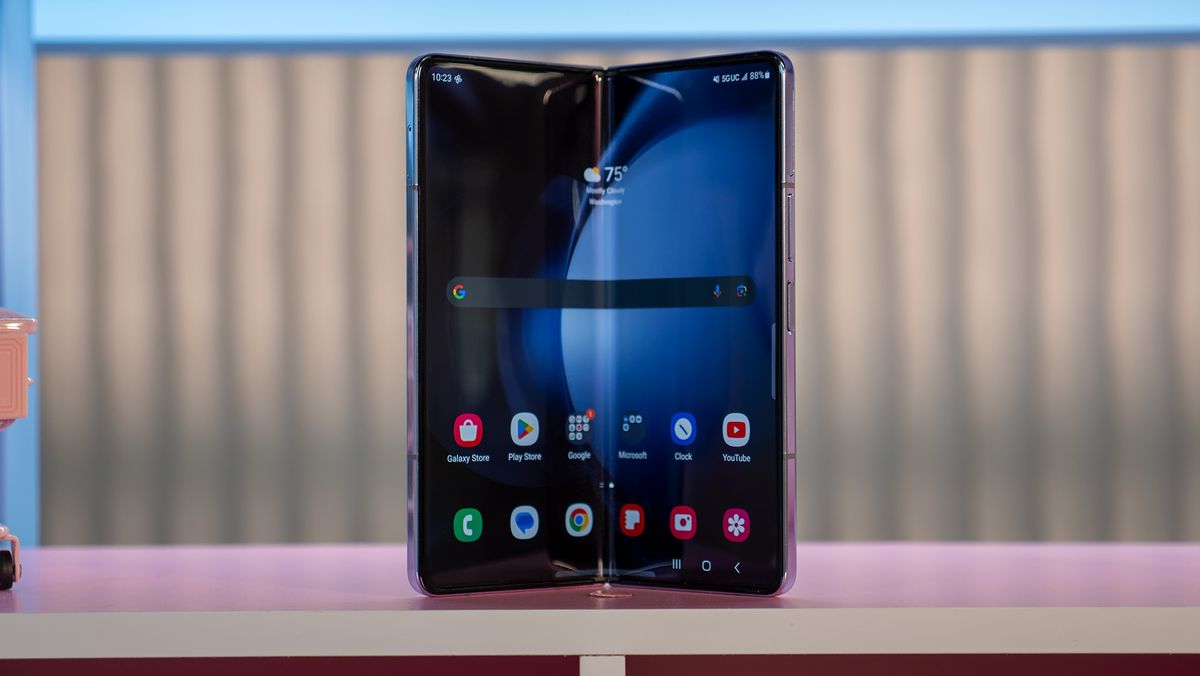
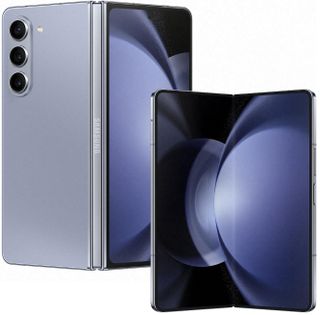
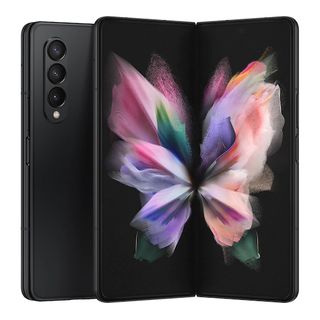
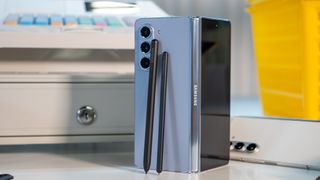
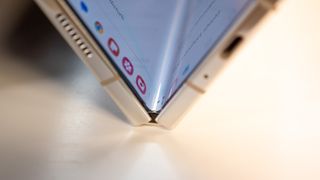
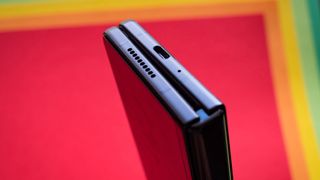
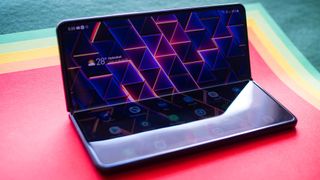
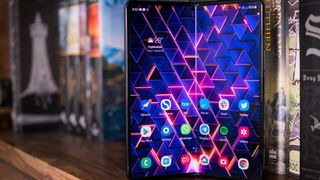
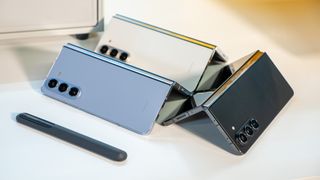
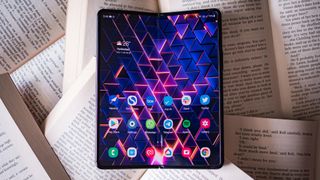
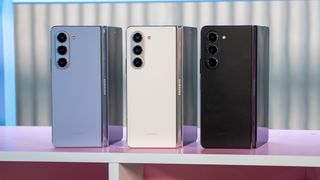










Discussion about this post